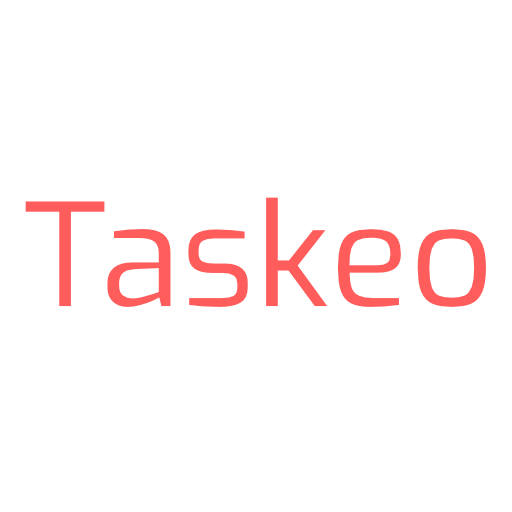We like thinking we’re smart. That our team works smart. That what we do is smart too. But is it really? Can you say the same about the goals you set before your colleagues? Here’s what SMART goals really mean for you and for your goal planning process.
Making to-do lists is the very basic action that many people take to free their mind and manage their tasks. We love to-do lists ourselves – that’s why we created Taskeo, after all. While listing the tasks is a good habit, it’s not the only thing you should do. While you put your thoughts down on a list, see if your goals are SMART.
If you haven’t heard of SMART goals yet, use this article to catch up. It will change your whole outlook on how you choose and define your ambitions!
The theory of SMART goals was first used in 1981 by George T. Doran and later adopted by Peter Drucker. The principle is rather simple: create goals that easy to understand and monitor.
It’s easy to figure out that SMART is an acronym with meaning behind it. An acronym that describes well the nature of the goals you want to pick. According to the theory, each of them should be Specific, Measurable, Achievable, Relevant and Time-bound.
And here is what it means for you.
S like Specific
Saying that your goals are Specific should be self-explanatory for most of us, but it often isn’t. In case of SMART criteria, specific goal means that it answers these questions: what, why, when, how.
What do I want to do? Why do I want to do it? When do I want to do it? How do I plan to do it?
Only this very first part describes most of your goal to you and your team. The detailed definition of what you want to achieve is often enough to explain what actions you need to take. An example of a Specific goal could be: “Let’s increase our social media audience by a thousand for half a year by creating an appealing content strategy so that we can establish better contact with our target group”.
This alone already says a lot. In one sentence, you define what and how you want to, why is it important and when you want to complete it. Your goal planning is already easier.
And that’s only the acronym’s first letter.
M like Measurable
The second one stands for Measurable. It requires you to provide important and tangible data that defines whether you achieved your goal. To simplify, the Measurable goal asks you: “How do we know we succeeded?”. If we go back to the social media example from above, you will find the answer there: if you manage to increase your audience by a thousand within half a year, you’re there.
To make sure your goal is Measurable, find something that will define the finish line. It can be numbers, data or facts that refer to the goal and speak for the results. Measurable goals are very important for evaluating team productivity, so don’t ever skip this step.

A like Achievable
In SMART goals, A stands for Achievable. It means: within your reach, not limited, doable. While aiming high is a good trait, being overly ambitious will only harm you and your team members. In goal planning, it’s important to find the balance so you don’t aim nor too high, nor too low.
Achievable goals are not restricted by time or resources. If you try to increase your social media audience by a thousand within a week, but none of you has any relevant experience, the goal is limited both by time and resources (in this case, knowledge). Make sure you define your goals well so they align with what you can do and what is out of your reach.
R like Relevant
Relevant goals are those which matter to you. Which support your brand, your main business idea, your team. For example, what’s the point of getting a thousand Instagram followers if your target group doesn’t even hang out on this platform?
Relevant goals are those to which you can answer “yes, it’s worth the time and effort” or “yes, it serves my other goals”. If you doubt your goals will ever prove beneficial, they probably won’t – and that makes them irrelevant.
T like time-bound
While undoable deadlines can be stressful, those which are reasonable are helping your goal planning. Everything you do should be bound by a finish line and several checkpoints leading to it.
Bind your final goals and milestones to a specific point in time. It will help you analyze what steps you’ve got to take and when. Spreading the workload is very important and you can’t do it if you don’t know the deadline.
Make sure your deadline won’t render your goals as unachievable. Brainstorm with your team and decide when is the best time to revise your achievements.

Bottom Line
It all starts with the right goal planning. If you pick and define them well, the rest of the work becomes much easier. No more going around blindly and wondering what to do next. Use these to organise your workload, assign the tasks and monitor your progress the right way. If you start well, you’re much more likely to achieve the desired results.






